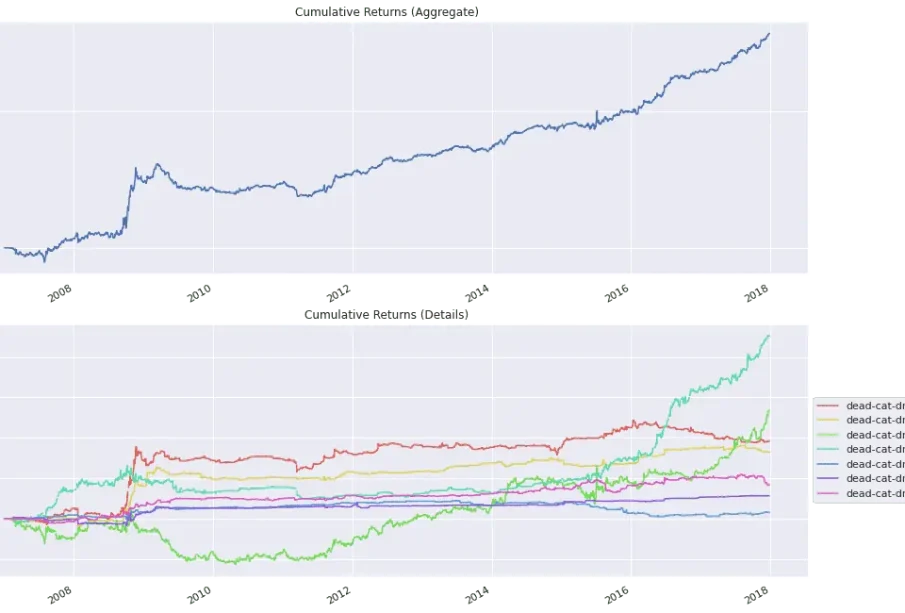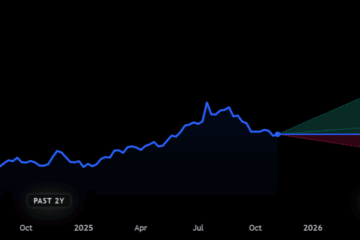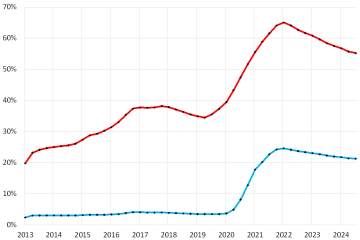Understanding the Dead Cat Bounce: An Investor’s Guide

Introduction
The term ‘dead cat bounce’ describes a market phenomenon where a temporary recovery occurs in the price of a declining asset, typically followed by a downturn. The concept is essential for investors, as it highlights the risks of misinterpreting price movements during periods of volatility. Understanding this concept can aid investors in making informed decisions, especially in tumultuous financial environments.
The Mechanism of a Dead Cat Bounce
In trading, a dead cat bounce often happens in markets that have experienced significant sell-offs. When an asset’s price declines drastically, some investors may perceive the low prices as a buying opportunity. This influx of buying activity can lead to a brief price rally. However, historical trends typically show that this rally is unsustainable, meaning the price will eventually resume its downtrend. This phenomenon reflects investor psychology and market sentiment, rather than a fundamental change in the asset’s value.
Recent Examples in Financial Markets
In the wake of the economic turbulence caused by the COVID-19 pandemic, many stock indices experienced significant drawdowns. Notable instances of dead cat bounces occurred in major tech stocks, which saw a temporary rebound after experiencing steep declines in March 2020. Following these upticks, stock prices often resumed their downward trajectory as economic uncertainty persisted.
In more recent times, the cryptocurrency market has also demonstrated signs of a dead cat bounce. After reaching all-time highs in late 2021, many cryptocurrencies faced hefty price corrections. Temporary recoveries were observed in subsequent months, but often led to further declines as market conditions remained bearish. Analysts advise caution, warning that these transient recoveries can mislead investors regarding the overall health of the market.
Conclusion
Understanding the dead cat bounce is vital for investors navigating fluctuating markets. It serves as a reminder to assess the underlying fundamentals of assets rather than relying solely on short-term price movements. As investors, recognising these patterns and exercising caution can help mitigate risks associated with market volatility. With ongoing economic uncertainties in various sectors, it is pertinent for investors to remain vigilant and stay informed about potential indicators of market trends, ultimately enabling them to make wiser trading decisions.









